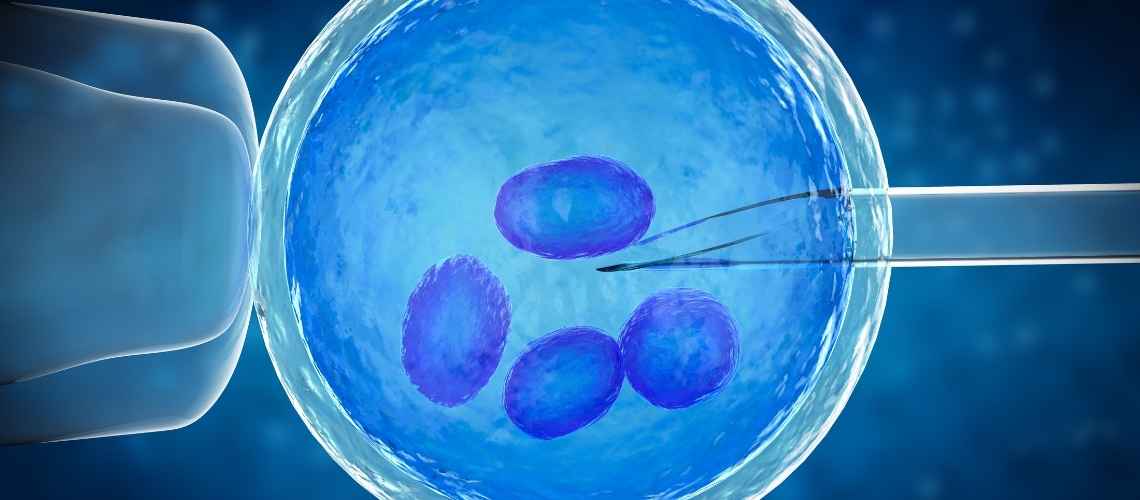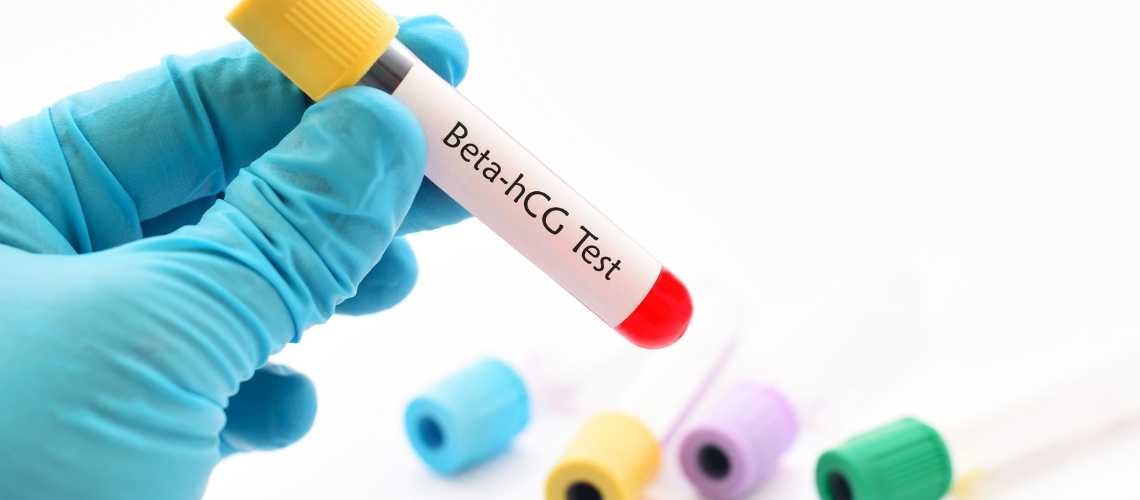Success following an IVF embryo transfer solely relies on the implantation potential of the embryos. Nevertheless, patients often wonder about the necessary actions and precautions to increase the likelihood of pregnancy, including the need for rest and what to avoid.
After leaving the transfer room, a new chapter begins for the patient as the countdown to the pregnancy test commences, now that the embryo(s) has been transferred. In this process, there are things to be considered, such as the sleeping position of the expectant mother, to protect the embryo.
What is the best sleeping position during IVF?
There is no specific or scientifically proven “best” sleep position after embryo transfer. However, it is generally recommended to avoid lying on your stomach but to try to sleep on your back or on your side.
It is also recommended to use a pillow to support your lower back and hips and to avoid any sudden movements that could jostle the embryos. Ultimately, the most important thing is to prioritize your comfort and to get enough rest during the post-embryo transfer period.
In addition, it is a mistaken belief that bed rest is essential after an embryo transfer and it can actually be counterproductive as it can raise stress levels in the woman. The idea that gravity can cause embryos to fall out or decrease their chances of implantation is incorrect.
Can you sleep on your side during pregnancy in IVF?
Sleeping on your left side may be especially beneficial as it can help improve blood and nutrient flow to the placenta and the baby. This position also reduces pressure on the vena cava, which can improve kidney function and decrease swelling in the hands, feet, and ankles. While it is not necessary to entirely avoid sleeping on your right side, doing so may cause some compression of the vena cava. Ultimately, the most important thing is to prioritize your comfort and get enough rest during pregnancy.
The fertility doctors recommend sleeping on the left side to reduce pressure on the vena cava, allowing for improved blood and nutrient flow. Additionally, sleeping on the left side enhances kidney function and facilitates better waste product elimination, which can decrease swelling in the hands, feet, and ankles. It is not necessary to entirely avoid sleeping on the right side, but sleeping on the right side may compress the vena cava to some extent.
General tips and precautions for successful IVF
- A healthy lifestyle, including a balanced diet, regular exercise, and avoiding smoking and excessive alcohol consumption, can improve the chances of a successful IVF cycle.
- Carefully follow the medications and instructions provided by your doctor, including timing and dosage.
- High levels of stress can negatively affect fertility, so it’s important to manage stress levels through activities like meditation, yoga, or counseling.
- Rest for at least 30 minutes after embryo transfer and avoid strenuous activities, such as vigorous exercise or heavy lifting, for a few days.
- If you experience any abnormal symptoms, such as severe pain, heavy bleeding, or fever, contact your doctor immediately.
By following these tips and precautions, you can increase the chances of a successful IVF cycle while also prioritizing your overall health and well-being.
Does the position you sleep in during the two-week wait after embryo transfer affect implantation success?
Many ponder if their nightly rest position could influence the outcome of implantation. Scientifically, no direct correlation has been established between specific sleeping orientations and the success rate of embryo implantation. The human body naturally ensures optimal uterine blood flow, not contingent on one’s sleep stance.
Nonetheless, the emphasis during this period should be on ensuring quality sleep and comfort. It’s vital for individuals to adopt sleep positions that foster relaxation and uninterrupted sleep. While some might find solace lying on their backs, others may gravitate towards side sleeping due to discomfort or personal preference. Although side sleeping, particularly on the left, is often recommended later in pregnancy due to potential benefits, during the initial two weeks following an embryo transfer, comfort should remain the paramount concern.
- No scientific proof links sleep positions directly to implantation success.
- The body adjusts uterine blood flow independently of sleep position.
- Quality sleep and comfort are critical during the two-week wait.
- Side sleeping is advisable if it enhances comfort, with a nod to left-side sleeping in later pregnancy stages.
The overarching advice for those undergoing IVF is to listen to their bodies. Selecting a sleep position that ensures a restful night is key, thereby aiding the overall well-being and potentially supporting the implantation process.
Source:
Lin, Y. H., Chueh, K. H., & Lin, J. L. (2016). Somatic symptoms, sleep disturbance and psychological distress among women undergoing oocyte pick‐up and in vitro fertilisation–embryo transfer. Journal of clinical nursing, 25(11-12), 1748-1756.





